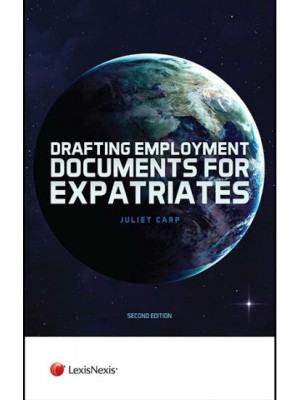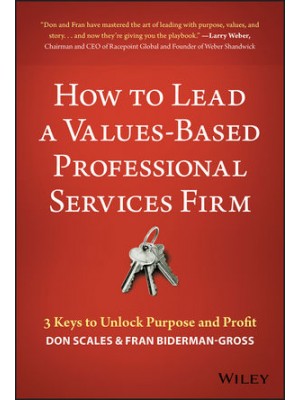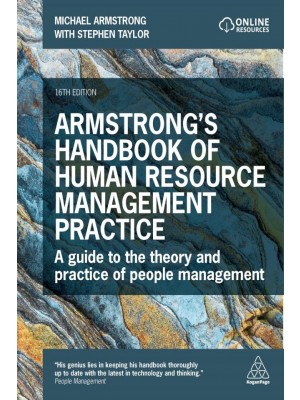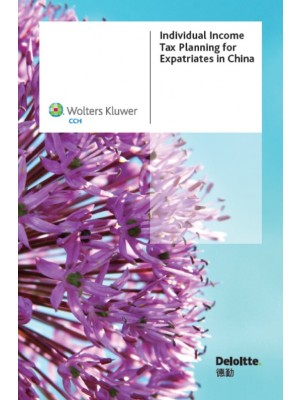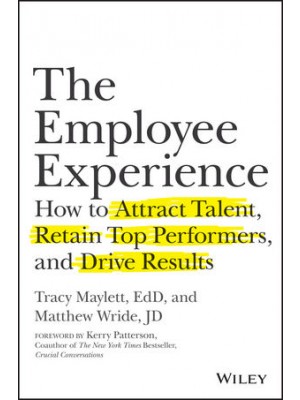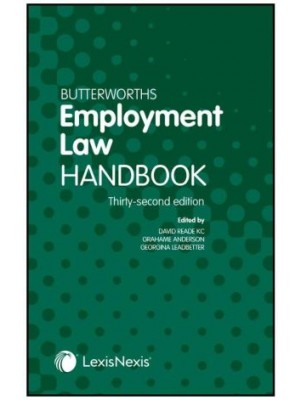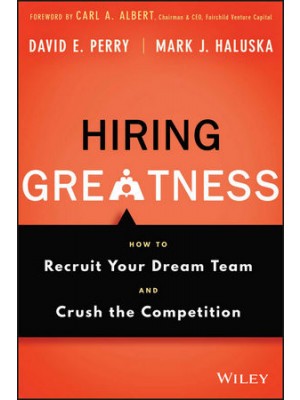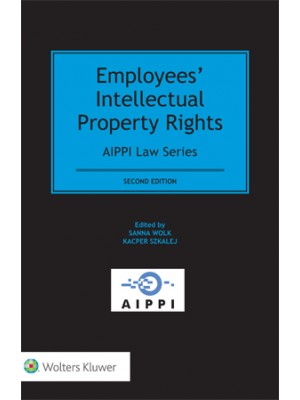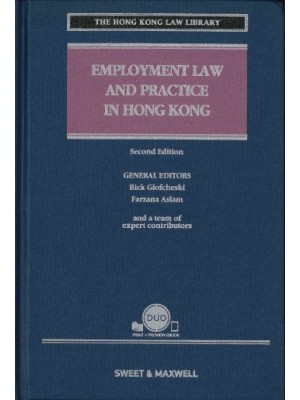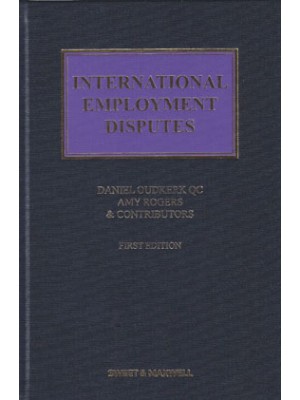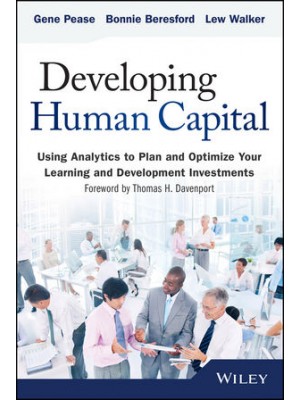Part 1 Appreciating People as a Strategic Resource
Chapter 1 Creating Value Through Human Resources a Manager’s Perspective 2
How Can Human Resource Management Make an Organization Effective? 4
How is Organizational Success Determined? 6
Success in Life-Cycle Stages 6
Success from Stakeholder Perspectives 9
The Chain of Success 11
What Does Human Resource Management Provide to an Organization? 12
Core Human Resource Functions 13
Spreading Knowledge About Human Resource Practices 15
What Do Human Resource Specialists Do? 17
Human Resource Roles 17
Human Resource Competencies 20
How Will Current Trends Affect Human Resource Management? 23
Population Trends 23
Labor Force Trends 24
Employment Trends 25
Trends in Education and Training 26
Globalization Trends 26
How Do Strategic and Functional Perspectives Combine to Direct Human Resource Practices? 27
A Manager’s Perspective Revisited 28
Summary 29
Key Terms/Discussion Questions 30
Chapter 2 Making Human Resource Management Strategic a Manager’s Perspective 34
How Can a Strategic Approach to Human Resources Improve an Organization? 36
How is Strategy Formulated? 38
Gathering Information 39
Analyzing Information and Making Decisions 42
What are Common Competitive Business Strategies? 44
Cost Leadership Strategy 45
Differentiation Strategy 46
Combination Strategy 47
What are Basic Approaches to Human Resource Strategy? 48
The Universalistic Approach 49
The Contingency Approach 52
What are Common Human Resource Strategies? 56
Internal/Cost HR Strategy: The Loyal Soldier 56
External/Cost HR Strategy: The Bargain Laborer 57
Internal/Differentiation HR Strategy: The Committed Expert 58
External/Differentiation HR Strategy: The Free Agent 58
How Do Human Resource Strategies Align with Competitive Business Strategies? 59
Research Supporting the Contingency Perspective 60
Putting it all Together 62
A Manager’s Perspective Revisited 62
Summary 63
Key Terms/Discussion Questions 65
Exercises 65
Chapter 3 Ensuring Equal Employment Opportunity and Safety a Manager’s Perspective 70
Why is It Important to Understand Legal and Safety Issues? 72
What is the Main Law Relating to Discrimination and Employment? 73
Title VII of the Civil Rights Act of 1964 75
The Civil Rights Act of 1991 81
Application of U.S. Laws to International Employers 83
What are Other Important Employment Laws? 85
The Age Discrimination in Employment Act 85
The Americans with Disabilities Act 87
The Equal Pay Act 89
The Family and Medical Leave Act 90
How Can Organizations Increase Diversity? 91
Executive Order 11246 93
Restrictions on Affirmative Action Plans 94
Affirmative Action Plans Today 94
What are the Major Laws Relating to Occupational Safety? 95
Occupational Safety and Health Act 96
Workers’ Compensation 98
What Specific Practices Increase Fairness and Safety? 99
Employees 100
Leadership 100
A Manager’s Perspective Revisited 103
Summary 104
Key Terms/Discussion Questions 105
Part 2 Securing Effective Employees
Chapter 4 Designing Productive and Satisfying Work a Manager’s Perspective 110
How Can Strategic Design of Work Tasks Improve an Organization? 112
How is Work Design Strategic? 114
Developing Autonomy 114
Developing Interdependence 116
Linking Autonomy and Interdependence to HR Strategy 117
How are Employee Jobs Determined? 118
The Job Analysis Process 118
Specific Methods of Collecting Job Analysis Information 123
How is Job Description Information Made Useful? 126
Job Analysis and Legal Issues 127
Competency Modeling 128
How Do We Determine the Tasks Associated with Each Job? 130
Mechanistic Approach 131
Motivational Approach 132
Perceptual Approach 134
Biological Approach 134
Combining Work Design Approaches 135
Job Crafting 135
How Can Work Be Designed to Improve Family Life? 136
Flexible Work Scheduling 137
Alternative Work Locations 139
A Manager’s Perspective Revisited 141
Summary 141
Key Terms/Discussion Questions 143
Chapter 5 Recruiting Talented Employees a Manager’s Perspective 150
How Can Strategic Recruiting Make an Organization Effective? 152
How is Employee Recruiting Strategic? 154
Broad Versus Targeted Skill Scope 154
Internal Versus External Sourcing 156
Realistic Versus Idealistic Messaging 158
How Does Human Resource Planning Facilitate Recruiting? 160
The Planning Process 160
Batch and Flow Approaches 164
Centralization of Processes 164
Who Searches for Jobs? 165
New Workforce Entrants 166
Unemployed Workers 168
Workers Currently Employed 168
What Characteristics Make an Organization Attractive? 169
Generally Attractive Characteristics 170
Fit Between People and Organizations 172
What are Common Recruiting Sources? 173
Job Posting 173
Employee Referrals 173
Print Advertising 174
Electronic Advertising 175
Employment Agencies 176
Campus Recruiting 178
How is Recruiting Effectiveness Determined? 180
Common Measures 180
Differences Among Recruiting Sources 181
A Manager’s Perspective Revisited 182
Summary 183
Key Terms 184
Discussion Questions 185
Exercises 185
Chapter 6 Selecting Employees Who Fit a Manager’s Perspective 190
How Can Strategic Employee Selection Improve An Organization? 192
How is Employee Selection Strategic? 193
Making Strategic Selection Decisions 193
What Makes a Selection Method Good? 196
Reliability 197
Validity 198
Utility 200
Legality and Fairness 203
Acceptability 204
What Selection Methods are Commonly Used? 205
Testing 205
Information Gathering 214
Interviewing 218
How are Final Selection Decisions Made? 222
Predictor Weighting Approach 222
Minimum Cutoffs Approach 222
Multiple Hurdles Approach 223
Banding Approach 223
A Manager’s Perspective Revisited 224
Summary 225
Key Terms/Discussion Questions 226
Exercises 226
Chapter 7 Managing Employee Retention and Separation Manager’s Perspective 236
How Can Strategic Employee Retention and Separation Make an Organization Effective? 238
How are Employee Retention and Separation Strategic? 240
Strategic Emphasis on Employee Retention 240
Strategic Emphasis on Employee Separation 241
How Can Undesirable Employee Turnover Be Reduced? 242
Recognizing Paths to Voluntary Turnover 243
Understanding Decisions to Quit 245
Organizational Practices that Reduce Turnover 249
How Do Layoffs Affect Individuals and Organizations? 256
The Effect of Layoffs on Organizations 256
The Effects of Layoffs on Individuals 257
Reducing the Negative Impact of Layoffs 259
What are Common Steps in Disciplining Employees? 261
Principles of Due Process 262
The Process of Progressive Discipline 262
How Should Employee Dismissals Be Carried Out? 264
Outplacement Services 264
The Dismissal Meeting 265
A Manager’s Perspective Revisited 266
Summary 267
Key Terms/Discussion Questions 268
Part 3 Improving Employee Performance
Chapter 8 Measuring Performance and Providing Feedback
A Manager’s Perspective 276
How Can Performance Management Make an Organization Effective? 278
How is Performance Management Strategic? 279
Emphasizing Either Merit or Parity 280
Linking Merit and Parity Systems to HR Strategy 281
What is Performance? 282
Task Performance 282
Citizenship Performance 283
Counterproductive Performance 284
How is Performance Measured? 286
Contamination and Deficiency as Sources of Inaccuracy 287
General Types of Performance Measures 288
Common Problems with Performance Measures 289
Rating Formats 294
Who Should Measure Performance? 296
Multisource Performance Ratings 297
Rating Source Differences 298
How Should Feedback Be Provided? 300
Providing Positive and Negative Feedback 301
Effectively Communicating Methods for Improvement 302
Reducing Negative Emotional Responses 304
Building High Expectations 305
A Manager’s Perspective Revisited 305
Summary 306
Key Terms/Discussion Questions 308
Exercises 309
Chapter 9 Training for Improved Performance
A Manager’s Perspective 316
How Can Strategic Employee Training Improve An Organization? 318
How is Employee Training Strategic? 321
Differentiation Versus Cost Leadership Strategy 321
Internal Versus External Labor Orientation 322
What are Key Principles for Getting Benefits From Training? 324
Partnership 324
Systematic Process 325
How are Training Needs Determined? 326
Proactive Needs Assessment 327
Reactive Needs Assessment 330
Prioritizing and Creating Objectives 332
How is Effective Training Designed and Delivered? 335
Content 335
Training Methods 336
Training Media 340
Transfer-Enhancement Techniques 343
Putting it all Together 345
How do Organizations Determine Whether Training is Effective? 346
Purpose 347
Outcomes 348
Design 350
Results 350
A Manager’s Perspective Revisited 351
Summary 352
Key Terms/Discussion Questions 353
Exercise 353
Chapter 10 Developing Employees and Their Careers A Manager’s Perspective 358
How Can Strategic Employee Development Make an Organization Effective? 360
How is Employee Development Strategic? 362
External Versus Internal Labor Orientation 362
Differentiation Versus Cost Strategy 363
What are Careers Like Today? 364
How Can Organizations Help Employees Develop? 366
Formal Education 366
Assessments and Feedback 367
Work Experiences 371
Developmental Relationships 373
How Do Organizations Integrate Development Efforts? 375
Competency Model 375
Career Development Process 376
Technology 378
What are Some Important Career Development Challenges? 379
Orienting New Employees 379
Reducing Burnout 380
Helping Employees Balance Work with Personal Lives 381
Developing a Diverse Workforce 382
Managing International Assignments 382
A Manager’s Perspective Revisited 385
Summary 385
Key Terms 386
Discussion Questions 387
Exercise 387
Part 4 Motivating and Managing Employees
Chapter 11 Motivating Employees Through Compensation
A Manager’s Perspective 392
How Can Strategic Employee Compensation Make an Organization Effective? 394
How is Employee Compensation Strategic? 396
External Versus Internal Labor 397
Differentiation Versus Cost Strategy 397
Aligning Compensation with HR Strategy 398
How Does Compensation Motivate People? 400
Theories of Motivation 401
Linking Motivation with Strategy 407
How is Compensation Level Determined? 409
Pay Surveys 409
Pay‐Level Strategies 413
Linking Compensation Level and Strategy 413
How is Compensation Structure Determined? 415
Job‐Based Pay 415
Skill‐Based Pay 417
Linking Compensation Structure to Strategy 419
How Do Government Regulations Influence Compensation? 420
Fair Labor Standards Act 420
State and Local Regulations 424
A Manager’s Perspective Revisited 424
Summary 425
Key Terms/Discussion Questions 427
Exercises 428
Chapter 12 Designing Compensation and Benefit Packages
A Manager’s Perspective 432
How Can a Strategic Compensation Package Make an Organization Effective? 434
How Do Compensation Packages Align with Strategy? 436
At-Risk Compensation 436
Line of Sight 438
Common Elements of Compensation Packages 438
What are Common Approaches to Base Pay? 440
What are Common Employee Benefit Plans? 442
Legally Required Benefits 442
Discretionary Benefits 445
Flexible Benefit Programs 448
What are Common Individual Incentives? 449
Piece-Rate Incentives 450
Commissions 451
Merit Pay Increases 452
Merit Bonuses 454
What are Common Group and Organizational Incentives? 455
Team Bonuses and Incentives 455
Gainsharing 456
Profit Sharing 458
Stock Plans 459
How Do Strategic Decisions Influence a Compensation Package? 460
A Manager’s Perspective Revisited 462
Summary 463
Key Terms 464
Discussion Questions 465
Exercises 465
Chapter 13 Working Effectively with Labor
A Manager’s Perspective 468
How Can Good Labor Relations Make an Organization Effective? 470
How are Labor Relations Strategic? 472
How Has Organized Labor Evolved Over Time? 475
The Influence of Government Regulations 476
Current Trends in Organized Labor 479
International Differences in Organized Labor 483
The Effect of Labor Unions on Nonunion Workers 485
How Do Workers Become Part of a Union? 486
Union Organizing Campaigns 486
Decertification Campaigns 488
Factors Influencing Union Campaigns 488
What Happens During Labor Negotiations and Collective Bargaining? 489
Bargaining Topics 489
Work Stoppages 490
The Bargaining Atmosphere 492
Interest-Based Negotiation 494
What is the Grievance Process? 496
Grievance Procedures 496
Determinants of Grievance Filing 497
Grievance Mediation 497
A Manager’s Perspective Revisited 498
Summary 499
Key Terms/Discussion Questions 500
Exercises 501
Chapter 14 Aligning Strategy with Practice
A Manager’s Perspective 504
How Can Alignment of HR Practices Make an Organization Effective? 506
What are Two Basic Forms of Strategic Alignment? 509
How Do HR Practices Align with One Another? 511
External/Cost: Alignment for Bargain Laborers 512
Internal/Cost: Alignment for Loyal Soldiers 514
Internal/Differentiation: Alignment for Committed Experts 517
External/Differentiation: Alignment for Free Agents 520
What are Some Other HR Issues? 522
Variations of Basic Strategies 522
HR as an Input to Competitive Strategy 523
The Role of HR in Small Businesses 524
What Might the Future of HR Look Like? 525
Embracing Technology 526
Adopting a Strategic Approach 526
Assimilating a New Generation of Workers 527
Remaining Compliant 527
A Manager’s Perspective Revisited 528
Summary 529
Key Terms/Discussion Questions 530
Exercises 531
Appendices
Appendix A Cases for Hands-On Experiential Exercises 534
Appendix B Occupational Outlook for HR Specialists and Managers 540
Appendix C HR Certification Institute Credentials 544
Appendix D SHRM Credentials 547
Appendix E Organizations of Interest to HR Students and Professionals 549
Appendix F Journals Useful to HR Students and Professionals 551













